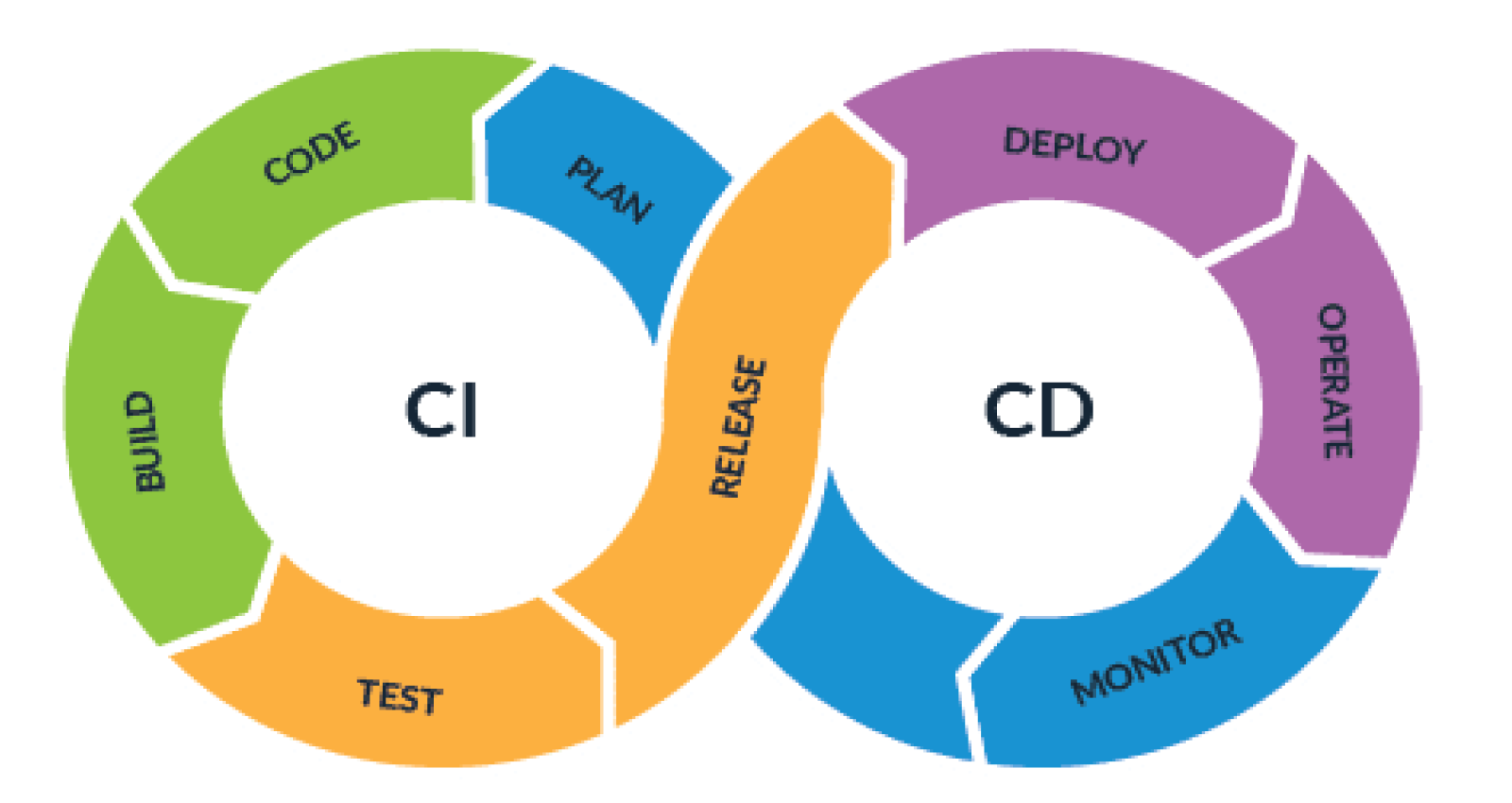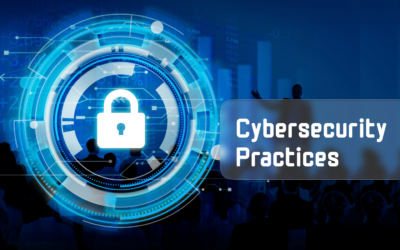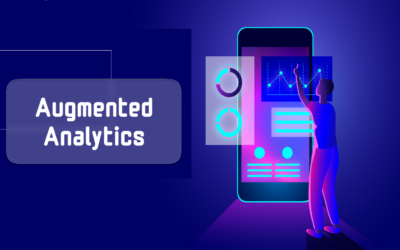Continuous Integration and Delivery in an Agile Environment

Introduction:
In the fast-paced world of Information Technology (IT) services, staying ahead of the competition is crucial. One way to achieve this is by adopting modern practices like Continuous Integration (CI) and Continuous Delivery (CD) within the framework of an Agile environment. These concepts may sound complex, but in this blog, we break them down into simple terms and show you how they can revolutionize your IT processes.
What is Continuous Integration?
Continuous Integration (CI) is a software development practice that emphasizes frequent and automated integration of code changes into a shared repository. In simpler terms, it means that whenever a developer writes a piece of code, it gets combined with the existing codebase multiple times a day. This ensures that the software is continuously evolving and being tested for any issues, thus reducing the chances of unexpected problems during later stages of development.
What is an Agile Environment?
An Agile environment is a flexible and collaborative approach to project management and product development. Agile methodologies, like Scrum or Kanban, promote iterative development, where projects are divided into smaller tasks or features that can be completed within short cycles called sprints. This approach allows teams to respond to changes, customer feedback, and evolving requirements quickly.
Agile and CI/CD are Separate Concepts:
Agile and Continuous Integration/Continuous Delivery (CI/CD) are distinct but interrelated concepts in the realm of software development. It’s essential to understand their differences to effectively harness their combined power.
Agile, at its core, is a project management and product development approach that prioritizes flexibility, collaboration, and customer feedback. It encompasses various methodologies like Scrum, Kanban, and Lean, all of which emphasize iterative development and the division of work into smaller, manageable tasks or features. Agile enables teams to adapt to changing requirements and customer needs swiftly.
On the other hand, CI/CD is a set of practices and tools focused on automating and streamlining the software development lifecycle, particularly in terms of code integration, testing, and deployment. Continuous Integration (CI) involves frequently merging code changes into a shared repository and automatically running tests to catch issues early. Continuous Delivery (CD) extends this by automating the deployment process, making it possible to release software changes to production quickly and reliably.
The key distinction lies in their primary areas of focus:
- Agile emphasizes project management, team collaboration, and customer-centricity. It is more about how work is organized, how teams interact, and how priorities are set within a project.
- CI/CD is a technical practice concerned with the automation of development and deployment processes. It ensures that code changes are integrated, tested, and deployed efficiently, reducing the risk of errors and enabling rapid and consistent releases.
While Agile and CI/CD are separate concepts, they complement each other exceptionally well. Agile provides a project management framework that encourages frequent feedback and iterative development, aligning with CI/CD’s ability to deliver code changes rapidly and reliably. Together, they create a powerful synergy that enables software development teams to respond quickly to changes, deliver high-quality software, and enhance customer satisfaction.
Combining Agile with CI/CD:
The magic happens when you combine Agile methodologies with CI/CD practices. Here’s how it works:
- Faster Feedback Loops: Agile encourages frequent feedback from stakeholders and end-users. CI/CD allows developers to integrate their code continuously. When these two principles come together, developers can quickly incorporate feedback and make improvements, leading to a better product.
- Reduced Risk: Agile’s iterative approach means that you’re not investing too much time and resources into a single version of your software. With CI/CD, you can release small changes frequently, reducing the risk of large-scale failures.
- Efficient Development: Agile and CI/CD promote efficiency. Agile ensures that you’re working on the most valuable features, and CI/CD ensures that you can deliver them without delay.
- Continuous Improvement: Both Agile and CI/CD promote a culture of continuous improvement. Agile encourages retrospectives and adaptation, while CI/CD allows for automated testing and deployment, reducing errors and bottlenecks.
Popular Tools:
To implement CI/CD in an Agile environment successfully, you’ll need the right tools. Here are some popular ones:
- Jenkins: A widely used open-source automation server for building, testing, and deploying code.
- GitLab CI/CD: Integrated into GitLab, it provides a seamless CI/CD pipeline.
- Travis CI: A cloud-based CI/CD service that works well with GitHub repositories.
- CircleCI: Another cloud-based CI/CD platform known for its ease of use.
- TeamCity: A CI/CD server developed by JetBrains, ideal for larger organizations.
Agile and CI/CD Best Practices:
Now that we’ve covered the basics, let’s delve into some best practices for combining Agile and CI/CD:
- Automate Everything: In a CI/CD pipeline, automation is key. Automated testing, deployment, and even infrastructure provisioning where possible.
- Short Iterations: Agile’s strength lies in short iterations or sprints. Keep your development cycles short to adapt to changes quickly.
- Version Control: Use version control systems like Git to manage your code effectively.
- Continuous Testing: Ensure that you have comprehensive test coverage. Automated testing should be an integral part of your CI/CD pipeline.
- Monitoring and Feedback: Continuously monitor your application in production. Use feedback to inform your next sprint.
- Collaboration: Foster collaboration between development, testing, and operations teams. Communication is crucial for successful Agile and CI/CD adoption.
- Security: Integrate security checks into your pipeline to catch vulnerabilities early.
- Scalability: Design your CI/CD pipeline to scale with your project’s growth.
- Documentation: Keep thorough documentation for your code, processes, and deployment pipelines.
Conclusion:
In the ever-evolving world of IT services, adopting Agile methodologies and implementing Continuous Integration and Delivery practices is no longer a luxury but a necessity. These approaches not only lead to faster development and deployment but also enhance product quality, customer satisfaction, and team collaboration.
Remember, Agile and CI/CD are not just for large enterprises; they can benefit businesses of all sizes. By combining these concepts and following best practices, you can propel your IT services to new heights, delivering value to your customers with speed and precision. Embrace the future of software development with Agile and CI/CD and watch your IT services thrive in today’s competitive landscape.
Are you looking for any IT Services such as Web design and Development, Professional/Staff Augmentation Services, Cloud Computing, Mobile App Development, Digital Marketing Services and more? Connect Stridefuture Technology, which helps to meet your requirements.
{StrideFuture Technology, a full-service company specializing in Software Solutions and Consultancy services. We specialize in Personal, Business, IT Services, Web design and Development, Mobile App Development, Digital Marketing Services, and much more you can dream Virtually with us! Reach out for more service at StrideFuture Technology.}









